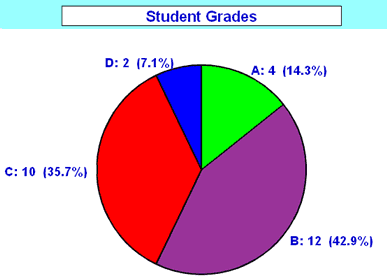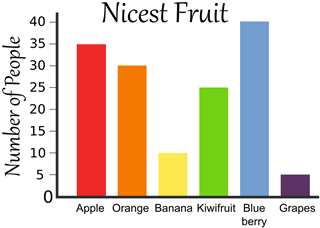You may not realize it. But with visual
symbols alone, you have an array of teaching materials to choose from. If you
decide and commit yourself to using one visual symbol for every lesson, you
will keep your teaching crispy and fresh. Only that this requires more
preparation and more learning on your part.You must learn how to draw, sketch,
make diagrams, graphs, the charts and some diagrams. you have to know what
software to use and of course how to manipulate the computer.
Visual symbols come in many forms-drawing,
cartoons; strip drawing (comic strip), diagram, map, chart, and graph.
Image result for edtech 1 lesson 13
Drawing-may not be the real thing but
better to have a concrete visual aid than nothing. To avoid confusion, it is
good that our drawing is correctly represents the real thing.
Cartoons-another useful visual symbol that can bring novelty to our
teaching. A first-rate cartoon tells its story metaphorically. The perfect
cartoon needs no caption. The less the artist depends on words, the more
effective the symbolism. The symbolism conveys the message. Cartoons easily
collect for instruction, they appear often in newspapers and magazines.
Strip drawing-in instruction can serve as
motivation and a starter of your lesson. It can also give as an activity for
students to express insights gained at the conclusion of a lesson.


Charts-is a diagrammatic representation of relationships among individuals within an organization.
Examples of Charts
-Time Chart
-Tree or Stream Chart
-Flow Chart
-Organizational Chart
-Pareto Chart
-Gannt Chart
Graphs
Types of Graphs
-Pie or Circle Graph
-Bar Graph
-Graphic Organizer




Maps-is a “representation of surface of the
earth or same parts of it” (Dale, 1696?)
Kinds of Maps
-Physical Map
-Relief Map
-Commercial Map
POSTER- A poster is any piece of printed paper designed to be attached to a wall or vertical surface.Typically posters include both textual and graphic elements, although a poster may be either wholly graphical or wholly text. Posters are designed to be both eye-catching and informative. Posters may be used for many purposes. They are a frequent tool of advertisers (particularly of events, musicians and films), and other groups trying to communicate a message. Posters are also used for reproductions of artwork, particularly famous works, and are generally low-cost compared to original artwork.



.jpg)